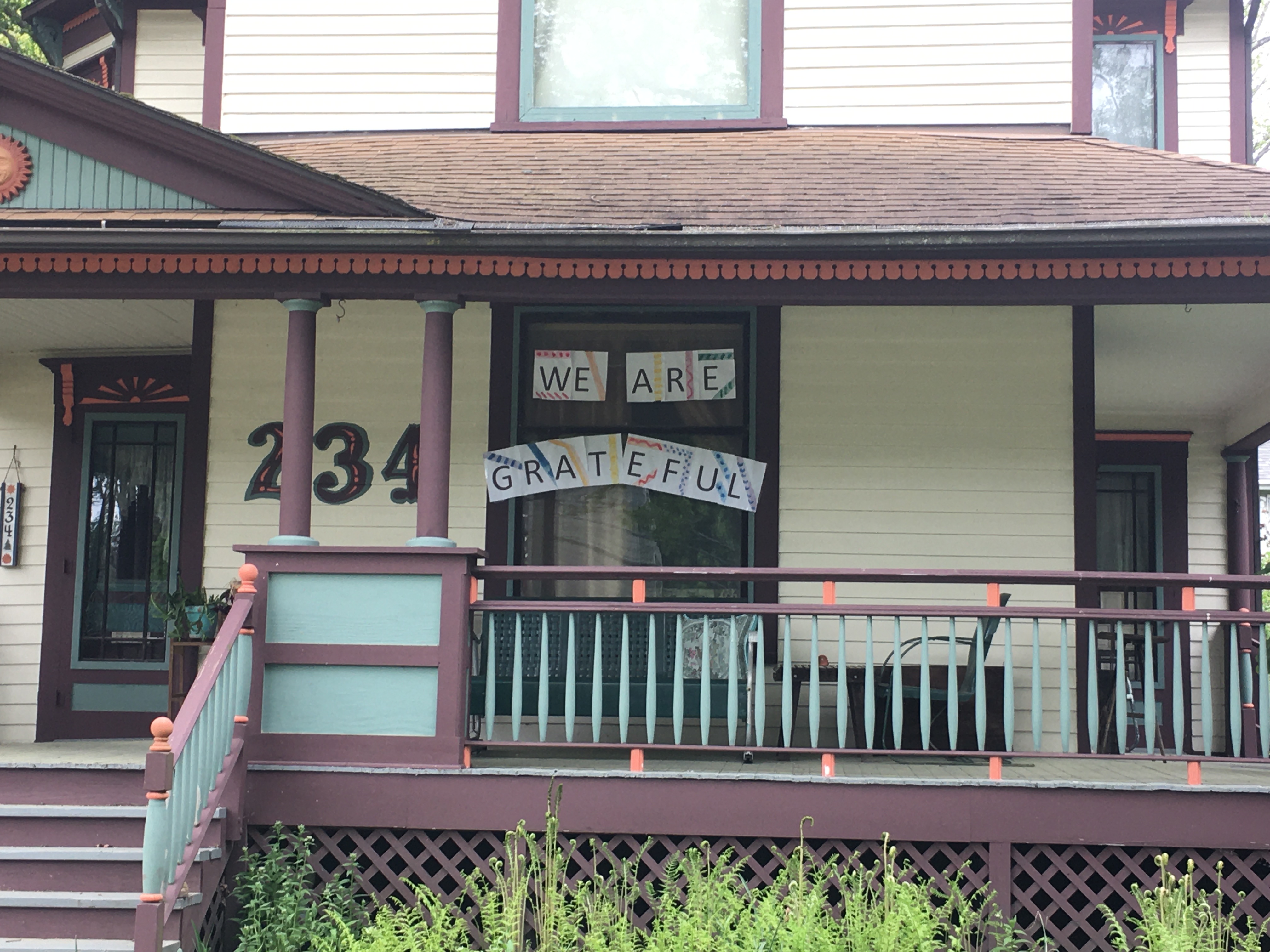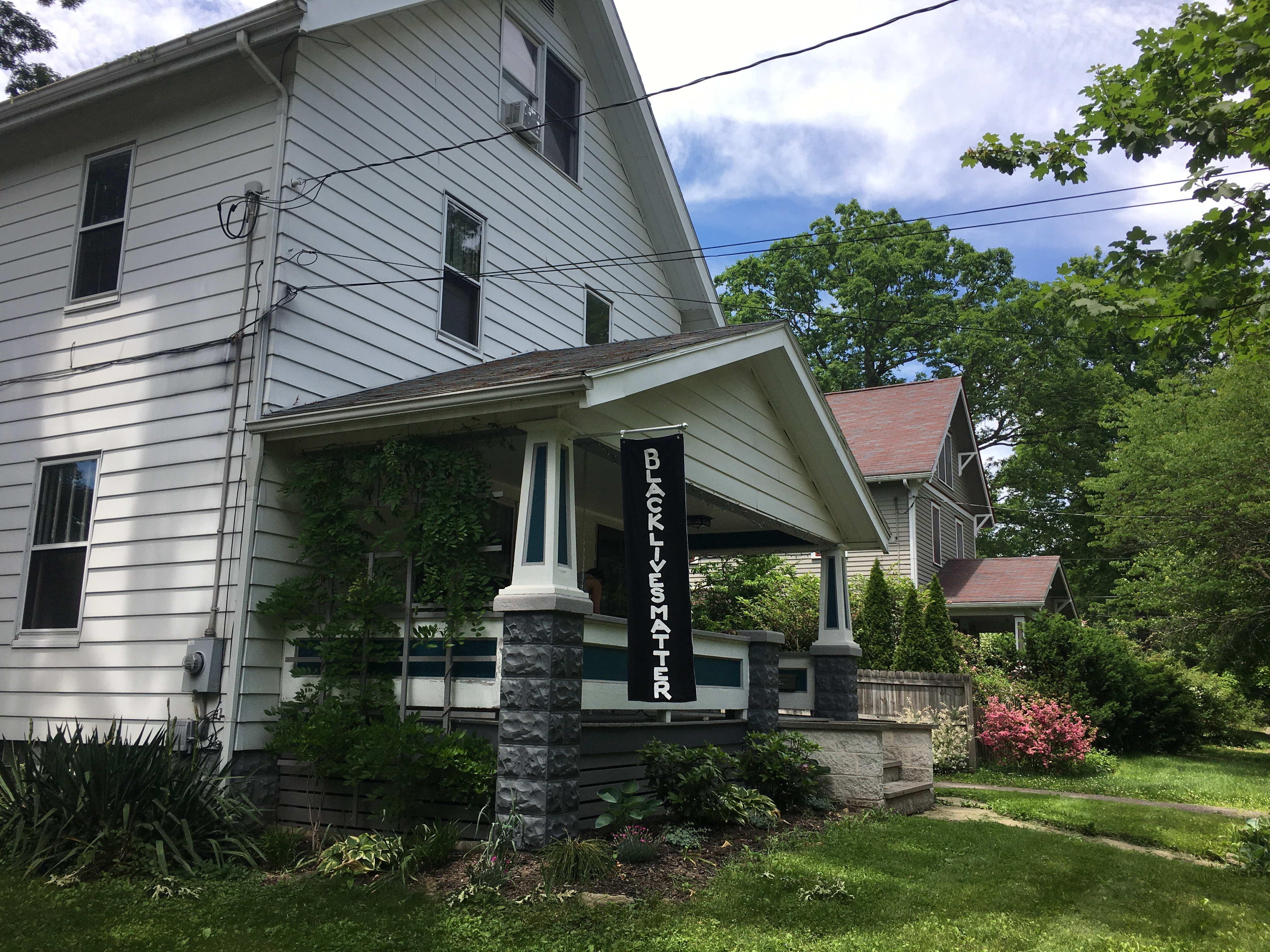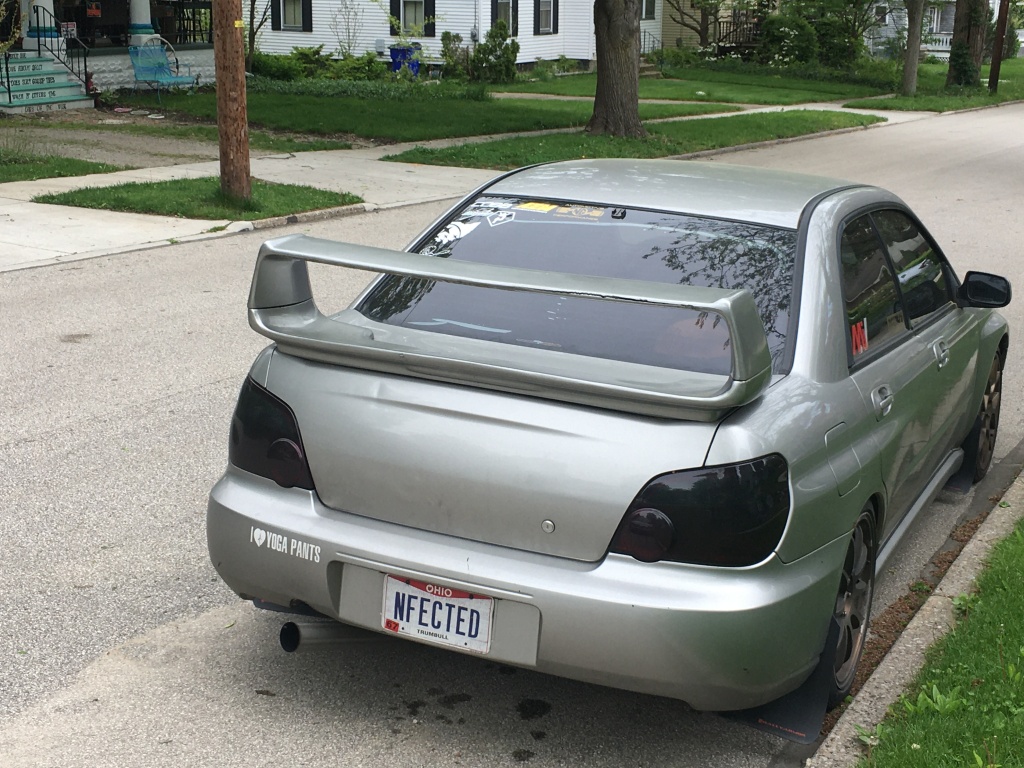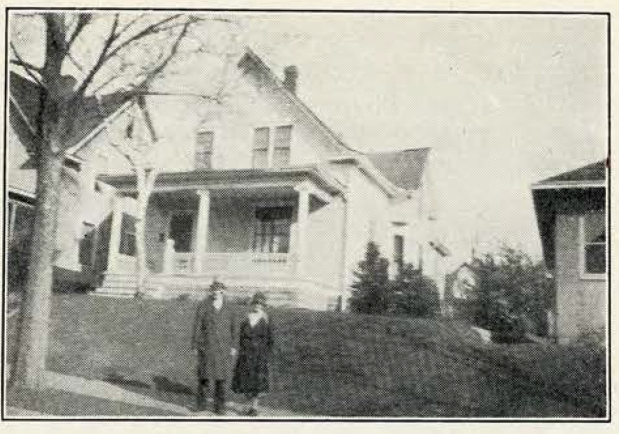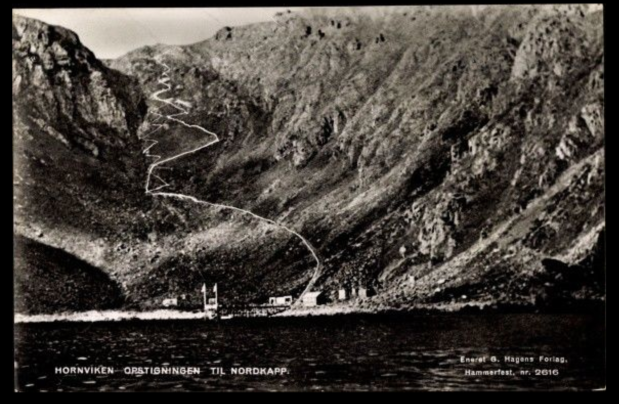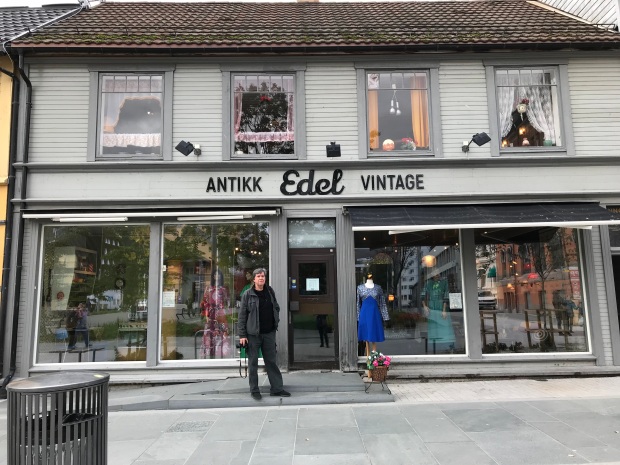“…the less people have to do with history the better.”
(William Maxwell in Ancestors: A Family History, 1971)
As we post today’s blog, we are reminded of the truth of these sage words. Our post commemorates the deeds of ordinary people whose ordinary lives intersected with historical events. While they survived to tell their stories, many caught up in the circumstances of history are not so fortunate. As the coronavirus spreads across the world, we all have been swept up in the evolving history of this moment. We wish that you and your loved ones remain safe.
Human beings have long engaged in the practices of remembrance. We record, commemorate, and memorialize as a way to bring to mind, to keep in mind, people and events that have, for reasons both great and small, both personal and historical, taken on a significance that we are loath to allow to dissipate and, eventually, to disappear.
It is difficult to push back against the relentless tide of human forgetting—remembrance is a constant struggle against attrition. Our memories are frail and our bodies too. When I die, what I remember dies with me. When my parents, my siblings, my own offspring, grow old and die, what we once knew together passes with us. What was once important, laden with meaning, so very immediate that it made us laugh out loud or weep uncontrollably, is now so much less than it was, fading until it is nothing, less than nothing, as if it never were.
Unless, unless, we can somehow fight that tide and protect our memories from dissolving into the vast sea of the forgotten. As people and events recede in death and time, their salience, their connections to our contemporary concerns, become weaker and weaker. We use a vast array of tools to forestall that inevitable dissolution. We preserve and, most importantly, share our memories—casting them out onto the human waters in a more substantial form for others to apprehend and, we hope, appreciate. Thus, we paint paintings and snap photographs. We build great memorials, coin medals and preserve small mementos. We write epic poems and publish grand histories. We pass on family legends by word of mouth from one generation to another. These artifacts of memory, we hope, will prove more durable than we.
Joan’s family, as we’ve written before, was dedicated to employing the devices of remembrance. Her beloved grandfather Martin kept copious journals, although, sadly, many of them dating back to the late 19th century were tossed into the trash in a move from Gary, Indiana, to Minneapolis. Although its original Norwegian version is lost, the translated travelogue of an epic return to Norway in 1932 was recorded and lovingly preserved. Uncounted letters were written and a handful of them kept for posterity, now greatly prized. Baptismal and marriage certificates survived, now framed and displayed to commemorate the sacred ceremonies that once marked the secular progress of families. There were mementos of the old country—at least as many as could have survived the rigors of emigration—preserved and cherished with pride of place in our homes. Treasured artifacts of the immigrant’s life in America are on view or, like “Aunt Lena” the homesteader’s quilt, boxed, wrapped, or folded and put away, stored for our children to discover and, we hope, hold dear.
And the photographs. So many photographs. Joan’s Norwegian and Swedish families embraced this technology, seeing in it a way to recover what had been lost in the great sojourn to the West. By documenting their new lives in America in copious detail, they preserved memories for a family not yet born but imagined in the mind’s eye and yearned for. Joan’s father, Donald, was the most prolific photographer of all—and Joan is still working through the thousands of snapshots that he took and painstakingly documented over her lifetime—where, and when, and who.
Both the Norwegian and Swedish sides of her family understood genealogy implicitly—or, rather, the importance of understanding who you are and where you came from. Great-aunt Ruth and Grandma Helen Ahlberg would construct the first genealogies of Joan’s Swedish ancestors from Skåne and Värmland in the southwest of Sweden. Martin, Alice, and Ruth Cornelius would do the same for her Norwegian forebears from Nord-Trøndelag and Nordfjord. Joan, the genealogist apparent of both these Scandinavian clans, built upon these early family histories, using the legacy of letters and documents passed forward to her as a foundation for creating a massive genealogy database more at home in our digital world. But this database too is an artifact of memory, meant to be a steadfast bulwark against the attrition of memory.
When we build a genealogy, we detail names, dates, places. We try to determine who married whom and when. We record when someone was born and where they died. Sometimes we are fortunate to learn what an ancestor did for a living. For instance, one long ago grandfather was a farmer, another a fisherman. A distant grandmother was a seamstress and another a milk maid. Because human beings live during times of both peace and war, military service is often commemorated. We find soldiers and sailors dotting our family histories—their periods of service demarcated clearly in the more mundane courses of their lives. Here, especially, the more personal narrative arcs of a family intersect with and are interrupted by great historical events, civil wars, revolutions, invasions, campaigns of conquest.
If truth be told, about most of our ancestors we know very little. As is the way of it, most of the fine detail of an individual life is forgotten. If not for the parish priests and their records, the census takers, and grandparents with good memories, we might not even have the little information about birth, death, or marriage that survives for us to chronicle. Still, sometimes, we can discover more. Perhaps some long ago ancestors did something worth remembering. Maybe they distinguished themselves in military or civil affairs. Maybe they performed some great feat of strength, built a church with a high steeple, or were simply, selfless, courageous, and brave. We hope they were fine deeds, both meritorious and memorable.
And maybe someone saw fit to help us remember their deeds and painted a picture, or wrote a letter, or penned a poem. And, if they did, then those ancestors and their commendable deeds survive. They are not yet forgotten.
Introduction to the Translation
To Joan’s delight a little-known book published in 1938 entitled Bjärehalvön I forna tider by Emil J. Söderman contained a chapter entitled “En äkta Bjäreätt” chronicling the amazing exploits and experiences of two of her (many times) great-grandfathers and a great-uncle.
Joan’s fifth great-grandfather Ola/Olof Svensson Hallengren was born about 1744 in Halland, Sweden. Nothing is known of his early life, but we know that he was a carpenter by trade and worked for a time in the shipyards in Copenhagen. While in Denmark, a son Sven was born on March 10, 1781. Eventually Ola returned with his family to Sweden. In 1788 Sweden entered into a war with Russia, and Ola left his quiet home in the Swedish countryside to fight in the 1790 Battle of Svensksund while serving on the warship Dygden.
Ola’s son Sven, Joan’s fourth great-grandfather, likewise became entangled in the affairs of Swedish history. As an orderly to Colonel Karl von Cardell, commander of Sweden’s Wendes Artillery Regiment, he witnessed and participated in the Battle of the Nations, also known as the Battle of Leipzig, a conflict that changed history forever with Napoleon’s defeat. After his wartime experience Sven returned to Kristianstad (in what is today Skåne in southern Sweden), where he lived many years until his death on March 8, 1862, two days shy of his 81st birthday.
The story of one of Sven’s own sons, a fourth great-uncle to Joan named Bengt Petter Svensson was also narrated in Soderman’s book. His story, a much smaller slice of history, but gripping nevertheless, involved a shipwreck that occurred near Bengt’s home in Västra Karup. Bengt, a brother to Joan’s third great-grandfather Nils Petter, was born July 31, 1818, on Axelstorp, after his father Sven settled in the Grevie parish of Kristianstad. Bengt risked his life to save others but fortunately went on to live a full life of 82 years, passing away on February 2, 1866, in Broddarp, Västra Karup, Skåne.
The tales of all three men are imparted below through Greg’s translation of Söderman’s original Swedish. These stories, while surely once known well, long ago passed from the collective memory of Joan’s family. And yet, the stories have been resurrected because someone saw fit to remember the commendable deeds of these ordinary, yet also extraordinary, men. We are shielded again from the great forgetting.
A True Bjäre Lineage [En äkta Bjäreätt]
From Bjärehalvön i Forna Tider by Emil J. Söderman.
Translated from the Swedish by Gregory M. Shreve, Ph.D.
As has been portrayed before in other literary and historical contexts, the Bjäre countryside of old nurtured a tough, persistent and courageous people. They have descendants who, when they must, bravely faced danger in all its various guises. The essay following below presents some stories, fragments from the lives of those Bjäre forebears. Their brave accomplishments, during both war and peace, depict the distinctive character of our Bjäre ancestors.
These tales go back to the days of Gustaf the Third, to the Napoleonic Era, and up to the time of Charles XV. The memories of those times have been preserved in one lineage, passed down from father to son to the latest descendant, the farmer Johannes Svensson of Slättaryd in Västra Karup.

Figure 1. The old shipyard at Bremerholm / Gammelholm. Perhaps this is where Ola Hallengren performed his great feat of strength. https://www.wikiwand.com/en/Gammelholm
Ola Hallengren, the subject of the first tale, was born in Halland but moved from there to Bjäre, where he settled in Västra Karup. From there he later went on to Denmark, where he worked as a ship’s carpenter, first at the shipyard in Copenhagen, then at the one in Helsingör. After several years he returned to the Bjäre countryside and established himself as a builder. He erected a number of buildings in the northern parishes. Hallengren was a large man, and he was as strong as he was big. At the time he was considered the strongest man in the district of Bjäre. In fact, it is told that during his time at the Copenhagen shipyard a journeyman there was so angry at an errand boy that he gave him a resounding box on the ear. The boy would have fallen into the water if Hallengren, who was nearby, hadn’t grabbed him.
“What are you doing?” Hallengren said to the fellows gathered around, “What do you mean by this?”
The man who had hit the boy became annoyed as a result and threatened Hallengren, “Maybe you want a box on the ear as well?”
To end the dispute, the shipyard workers agreed that the gathered men would test their strength against one another. They hoped the Swedish giant would be defeated in this contest of brawn. The men went to a location where the workers had assembled two iron weights, weighing ten lispund (about 18 1/2 pounds) each, for a total of 375 pounds.[1] To find out who among them could lift the weights, they each tried, one after the other—but all failed to hoist them, excepting Hallengren’s original opponent. Finally, the Swede took his turn. He lifted, without apparent difficulty, a weight in each hand and then carried them back and forth.
Then, addressing the astonished shipyard comrades surrounding him, he said: “Now let a Dane do this.”
After this contest of strength, Hallengren enjoyed great respect in the Danish shipyards.
However, as mentioned above, Ola returned to Sweden from the shipyards. After the revolution of 1772, a few happy, peaceful years followed for our country.[2] But then, in 1788 during Gustaf III’s reign, that peace was disturbed when war broke out with Russia, both on land and at sea. Swedes fought with the greatest bravery—albeit not always with success.
During 1790 the war was mainly waged at sea. After a victory outside Fredrikshamn, Gustaf III withdrew his large fleet into the Bay of Vyborg. Due to the King’s carelessness in doing this, many Swedish ships were lost when, only after some great effort, the fleet finally managed to break its way through a blockade of Russian ships of the line outside the inlet to the Bay.[3] A few days later, on July 9, the Russian fleet and the Swedish archipelago fleet[4] reinforced by a large Swedish regular navy fleet[5] came together at Svensksund, and the most glorious naval battle of our history was fought. The battle began at half-past nine in the morning and ended at ten in the evening. During this span of time the Swedish fleet, under the command of the King himself, won a breathtaking victory over a Russian fleet that had looked to be the certain victors at the beginning of the battle.

Figure 2. The battle of Svensksund, 1790, as depicted by Swedish painter Johan Tietrich Schoultz
Bjäre-born Ola Hallengren took part in this storied sea battle with great courage and utmost bravery. He was a seaman[6] aboard the warship Dygden (Virtue), with its great complement of cannons. In the dense smoke of the guns during the heat of the battle, the Dygden was separated from the rest of the fleet and found itself surrounded by six Russian ships. Soon a dreadful cannonade began. On the Swedish warship nine men stood at each cannon, raining death and destruction down on the surrounding Russian ships. One of the Russian ships had its rudder damaged and was helpless. On some the rigging was shot down and yet others were holed by cannon shot. However, the Dygden was also greatly damaged during the uneven battle. The masts were down and the entire rigging, with its tackle, ropes, and chains formed a great chaotic jumble on the blood-soaked decking. Hallengren, who crewed one of the cannons during the heated battle, was finally, as he related the story himself, among the last three men in his gun crew. The other six had fallen. In the end, he had to man the cannon himself and put his immense strength to use. After each reloading he had to put his broad shoulders against the cannon and push it back into firing position. Eventually, however, the Dygden was no more than a floating wreck, having received no less than seventy-eight shots to the waterline. But, finally, the battle was over, and the survivors had to use their last remaining strength to try to patch the many breaches. They used anything suitable they could manage to procure. Sailors were even lowered down along the sides of the ship seated in leather bags, to assist in the work of keeping the ship afloat until the battle was over and help could arrive. Hallengren also related that when the smoke of the guns was finally somewhat dissipated, and the Dygden had successfully vanquished its enemies, they were then shot at by the Swedish flagship. On board the flagship they believed that the Dygden, which was not showing its flag, was a hostile enemy ship. Finally, a spar was hoisted erect on the deck displaying the Swedish flag, and soon the crew, which had fought with the greatest bravery, was taken into the care of its countrymen.

Figure 3. Linjeskeppet “Kronprins Gustav Adolf” was same type of ship as the“Dygden,” for which no close-up illustration survives. Jacob Hagg (1839 – 1932). Sjöhistoriska Museet
During Charles John XIV’s great war against Napoleon, the most decisive battles were fought at Grossbeeren, Dennewitz, and Leipzig. Swedish troops, including the Wendes Artillery Regiment under the command of Colonel Karl von Cardell, participated in the storming of the latter city, the final act of a huge wartime drama.
Cardell was born in Germany and served initially in the Prussian army, but then joined the Swedish military, where he earned great praise for his reorganization of the artillery,

Figure 4. Carl von Cardell, Wendes Artillery Regiment. Riksarkivet.
Colonel Cardell and his troops participated in the great battle at Leipzig between the 16th and 19th of October in 1813. His ordonnans or orderly[7] at this time was Sven Hallengren, son of the aforementioned Ola Hallengren. Sven told a story about the Colonel’s big brown horse getting stuck in a marsh outside of Leipzig; the Colonel wanted to swap horses with his orderly, who rode a smaller and lighter steed. He went on to say, concerning the storming of Leipzig, that when the Wende Artillery Regiment successfully let its cannons play against a pair of the city’s double iron gates, he went to his colonel and applied for permission to load the bronze cannons with a double charge. Cardel said that the orderly was allowed to do this, but only upon his own responsibility. An artilleryman, meanwhile, had managed to reach the gates, around which he drew a large circle. Then concentrated fire was directed towards this target, and after three terrible salvos, the gates collapsed with a great noise. The artillery then drove into the city through the opening in the wall; the firing cannons delivered shot after shot, sweeping through the streets filled with frightened people. “Driving through wounded Prussians, shattered wagons, and abandoned French cannons, they plunged into a real hell in the street. Here, they met up with some scattered Prussian soldiers. Smoke obscured everything. The gates and doors of the houses were closed, but from all the windows and apertures, and from the all the roofs, death rained down in a murderous hail of bullets. The French had barricaded themselves in the houses and were also standing in concentrated masses far up the street, which was littered with dead and wounded within a few moments.” In addition, Hallengren added: “From the houses a lot of boiling water was thrown on us when we passed. Because of the participation of the civilian population in the street battle, Cardell—at that time General—who, incidentally, during the Great Napoleonic War, was known not just for his skill as an artillery officer but also for his cruelty and ruthlessness, allowed his troops an hour’s looting in the town hall. Many of them became wealthy men in that time.” Hallengren also remarked how Napoleon, if he had been watching from one of the city’s towers and seen the entrance of the Swedish troops into the city, would have exclaimed: “I think it is raining Swedes from heaven, for I see nothing but blue troops everywhere.”
Sven Hallengren was thus able to witness Napoleon’s retreat with the shattered remnants of his army—a retreat which signified nothing less than the liberation of Europe.

Figure 5. Wende’s Artillery Regiment, Early 1800’s
Sven Hallengren’s son, Bengt P. Svensson, became a successful farmer in his ancestral home of Västra Karup, where he was born in 1818. Bengt also had an opportunity to demonstrate the same courage and resourcefulness as his brave father, albeit not on a bloody battlefield amongst a thousand dead.
On a stormy autumn night, a large English full rigger was stranded at “Själaviken” near the community of Påarp in Västra Karup. Huge breakers heaved their foamy white masses over the large ship, cracking the hull open at the seams. The unlucky crew, who at any moment thought the ship was going to break apart, had taken refuge in the rigging, to which they had lashed themselves as well as they could. Meanwhile, a crowd of people gathered on the beach—about 300 fishermen and sailors—to witness the raging of the storm and the violent onslaught of the breakers against the helpless ship. They were also witness to the shipwrecked crew’s anguish, as the sailors waved frantically from the rigging at the onlookers on the beach, begging to be saved from certain death.

Figure 6. Snipa. Gerhard Albe 1919. Sjöhistoriska museet
A while later a Norwegian boat, a snipa,[8] arrived from Torekov, a nearby fishing village. Who would now want to risk their lives to try to save the shipwrecked crew, if it was at all possible? The assembled fishermen and sailors agreed: “Only those who are tired of living would try.” Finally, four courageous farmers— who were also fishermen and thus seafarers—Bengt P. Svensson, Ola Peter the Russian, Malm and Eneman, emerged from the crowd and declared themselves willing to attempt a rescue of those on board the wrecked ship. The snipa was then immediately brought down to the shore and launched well out into the white foam of the churning breakers. Three of them climbed right into the boat, one going to the helm and the other two to the oars, while Bengt P. Svensson went out as far as he could, standing in the water at the side of the boat and supporting it, after which he also boarded. With the greatest effort and under constant danger of capsizing, the four brave men in the boat managed to come alongside the damaged ship. Soon they were on board. They had first attached a rope anchored on land to their small boat, and using this they climbed into the rigging, where they managed to bring the frozen shipwrecked sailors down into the snipa. Using the same rope, they were able to bring the rescue boat back to the shore with greater surety. Soon the crew was all happily rescued.
The amazing rescue was recognized by the English crown, and the four bold rescuers also each received a Swedish silver medal worn on a blue ribbon with yellow stripes. On one side was the image of Karl XV, and on the other was the name of the respective rescuer and the words “For Commendable Deeds.”[9] The day the solemn medal ceremony took place in the Västra Karup church it was filled with people. The church pastor at that time, Professor Eberstein, gave a lofty speech about the four in recognition of their courage and compassion.

Figure 7. För berömliga gärningar
Later, when a ship was stranded during a storm at “Röhälle” outside of Dagshög, an endangered crew was again saved, thanks to Bengt P. Svensson’s courage and resourcefulness. Unfortunately, shipwrecks were not all that uncommon in the olden days on the coast between Torekov and the community of Slättaryd—as well as in the deep waters and dangerous rocks west of Hallands Väderö.

Figure 8. Bengt P. Svensson and his wife Elna Hansdotter, date unknown
Notes
[1] Lispund, see also lispound. A unit of weight formerly used in the Baltic countries, varying between 17 and 19 pounds.
[2] This is a reference to The Swedish Revolution of 1772, also known as Gustav III’s Coup. See: Encyclopedia Brittanica. Gustav III. https://www.britannica.com/biography/Gustav-III.
[3] The “carelessness” referred to here has to do with the fact that when Gustaf III withdrew into Vyborg Bay (in the Gulf of Finland), he allowed the Russian Baltic Fleet under Admiral Vasili Chichagov to blockade the only two channels in and out of the Bay (June 8, 1790). The battle to escape the blockade has been termed “The Vyborg Gauntlet.” See: Wikipedia. Battle of Vyborg Bay. https://en.wikipedia.org/wiki/Battle_of_Vyborg_Bay_(1790).
[4] The archipelago fleet (skärgårdsflottan) or the Fleet of the Army (arméns flotta), was a branch of the Swedish armed forces between 1756 and 1823. The fleet protected the coasts of Sweden, largely surrounded by a natural barrier of archipelagoes. See: Wikipedia. Archipelago Fleet. https://en.wikipedia.org/wiki/Archipelago_fleet.
[5] The Swedish coastal fleet was reinforced after the escape from Vyborg Bay by 40 Swedish navy ships under the command of Lieutenant-Colonel Carl Olof Cronstedt. See: Wikipedia. Battle of Svensksund. https://en.wikipedia.org/wiki/Battle_of_Svensksund.
[6] Literally a “boatman” or seaman. However, unlike modern seamen, most Swedish sailors of the time were enlisted via a specific Swedish recruitment system similar to the one used to provide Swedish infantry and cavalry soldiers: the rotering system. See: Hans Hogman. Military: Swedish Regiments—Navy. http://www.hhogman.se/regiments-navy.htm.
[7] Sven Hallengren was Cardell’s ordonnans, which seems to be the Swedish equivalent to a “batman.” In the military a batman (also: orderly) is a soldier assigned to a commissioned officer as a personal assistant. The batman would also have seen to the officer’s pack horse, uniform and kit, as well as performed other duties such as delivering messages. See: Wikipedia. Batman (military). https://en.wikipedia.org/wiki/Batman_(military)
[8] This was a snipa, a boat common in Norway and Sweden (In Norway see also: snekke, sjekte or kogg). “You often hear the name snipa on a boat, a name that is often mistaken on some boats. But the name is associated with the older open boats that were very slender in their lines and pointed in front and stern. These boats were light-rowed and really adapted for more protected water, but despite that we find many snipa used in the open sea. Like Ölandssnipan, Gotlandssnipan, Skånesnipan in southern Sweden. In the lakes we find Vänersnipan and Vättersnipan. The most “pointed” boats are found in Norway’s fjords and coasts, such as Oselvern and the Nordland boat, with an extremely slim boat hull for rowing and sailing.” See: Bertil Andersson. Boat Plans. https://batritningar.se/en/boatplans/segelsnipa-rundgatting/15-snipa-rundgatting.
[9] This is a medal, still awarded today by the Swedish government, to recognize those who have engaged in courageous rescues. See: Wikipedia. För berömliga gärningar. https://sv.wikipedia.org/wiki/F%C3%B6r_ber%C3%B6mliga_g%C3%A4rningar
Read the Original Swedish Here: En äkta Bjäreätt

Figure 8. Bjärehalvön i Forna Tider by Emil J. Söderman
